Prices in Europe could hit same level as early as next year, UBS estimates.


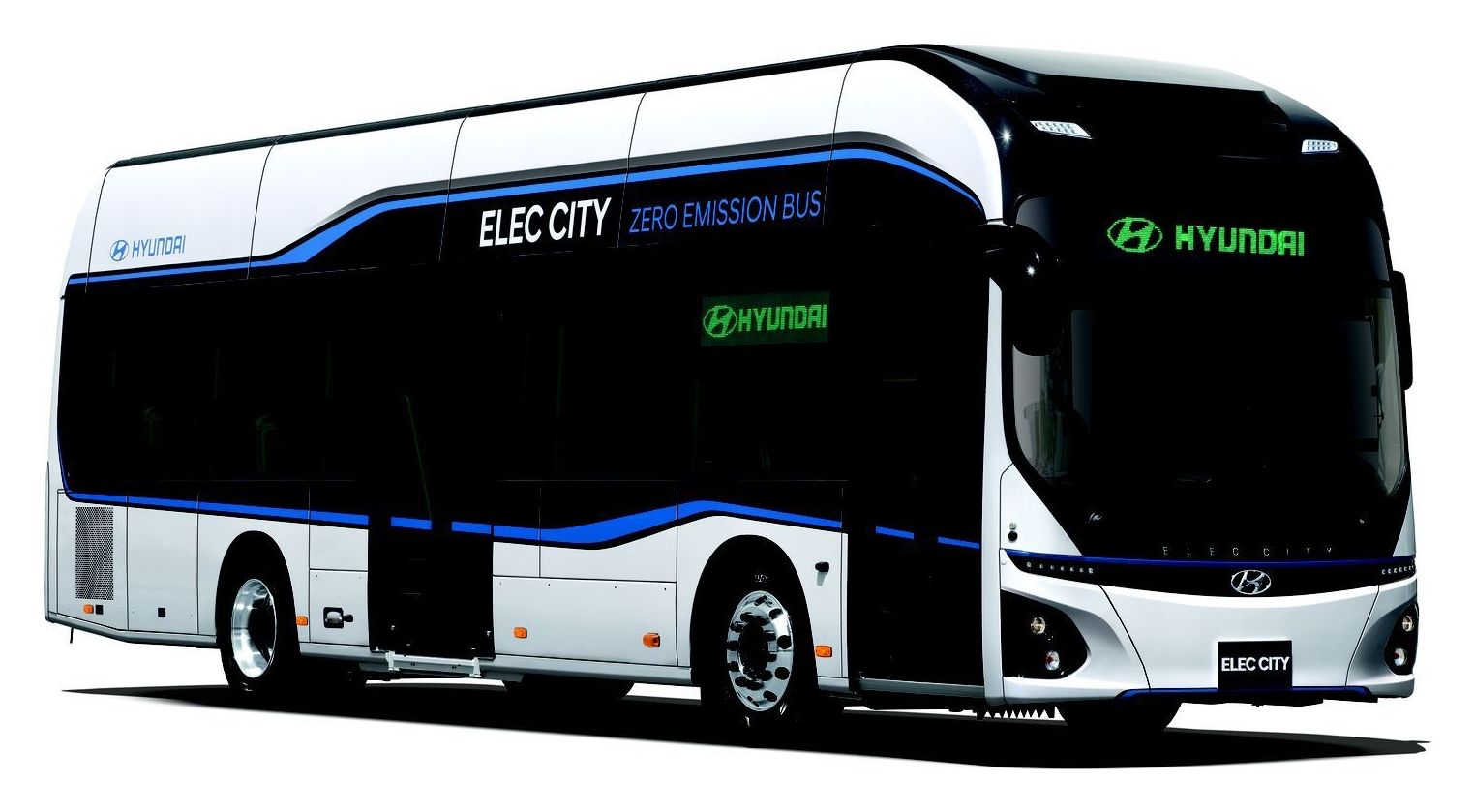
After a lot of speculation, Korean automaker Hyundai finally pulled the wraps off of its first mass-produced electric bus this week. It’s called the Elec City. It has a range of 180 miles, thanks to a 256kWh battery pack, according to Hyundai. A report from the Yonhap news agency says the bus can also be fully charged in just over an hour. The company plans to launch the bus in 2018.
While that’s more than double what had been rumored for Hyundai, it’s still a far cry from the massive 660kWh capacity of the Catalyst E2, the newest bus from American manufacturer Proterra. The Catalyst E2 supposedly gets 350 miles of street driving on a single charge, and maybe more with some highway driving mixed in. Plus, Proterra’s new bus will hit the road in 2017.
It’s not clear if Hyundai would ever bring its bus to North America, but if it did, Proterra wouldn’t be the only competition. Chinese manufacturer BYD has sold buses in California. Canadian company GreenPower has a small foothold as well. Tesla CEO Elon Musk even flirted with the idea, though it appears that the project could be on hold while he works on tunneling under Los Angeles. Adoption rates could go up as electric buses get better and cheaper, too. Despite the fact that they’re about twice as expensive as their diesel counterparts in the early going, a recent study from Columbia University estimates that they could save cities money over the long haul.
These guys better get hazard pay! ![]() 😳.
😳.
This foldable bike helmet can fit into a water bottle.

Rice University computer scientists have adapted a widely used technique for rapid data lookup to slash the amount of computation — and thus energy and time — required for deep learning, a computationally intense form of machine learning.
“This applies to any deep-learning architecture, and the technique scales sublinearly, which means that the larger the deep neural network to which this is applied, the more the savings in computations there will be,” said lead researcher Anshumali Shrivastava, an assistant professor of computer science at Rice.
The research will be presented in August at the KDD 2017 conference in Halifax, Nova Scotia. It addresses one of the biggest issues facing tech giants like Google, Facebook and Microsoft as they race to build, train and deploy massive deep-learning networks for a growing body of products as diverse as self-driving cars, language translators and intelligent replies to emails.
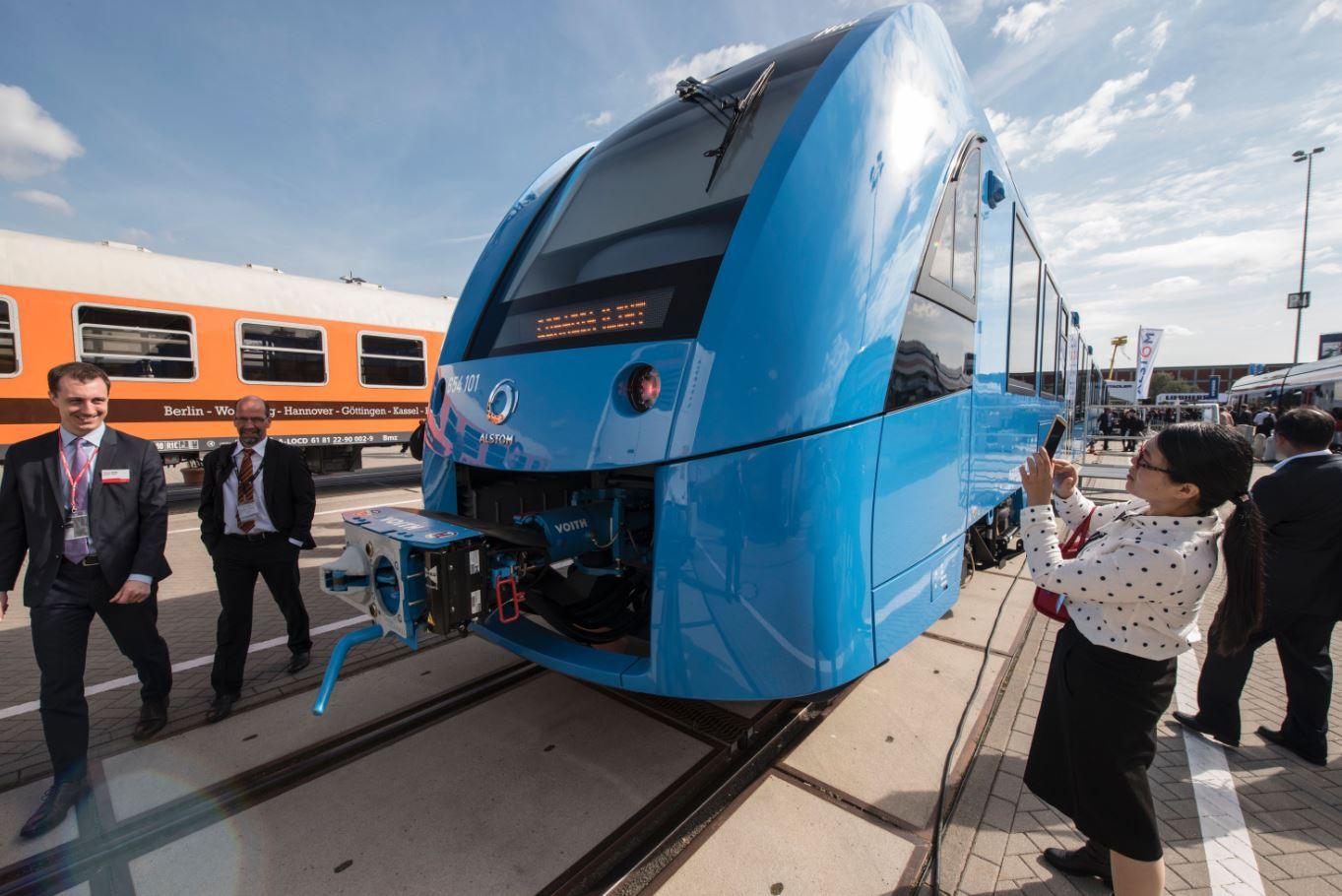
Germany is set to introduce the world’s first zero-emission passenger train to be powered by hydrogen.
The Coradia iLint only emits excess steam into the atmosphere, and provides an alternative to the country’s 4,000 diesel trains.
Lower Saxony has already ordered 14 of them from French company Alstom, and more are likely to be seen around the country if they are judged a success, reports Die Welt.
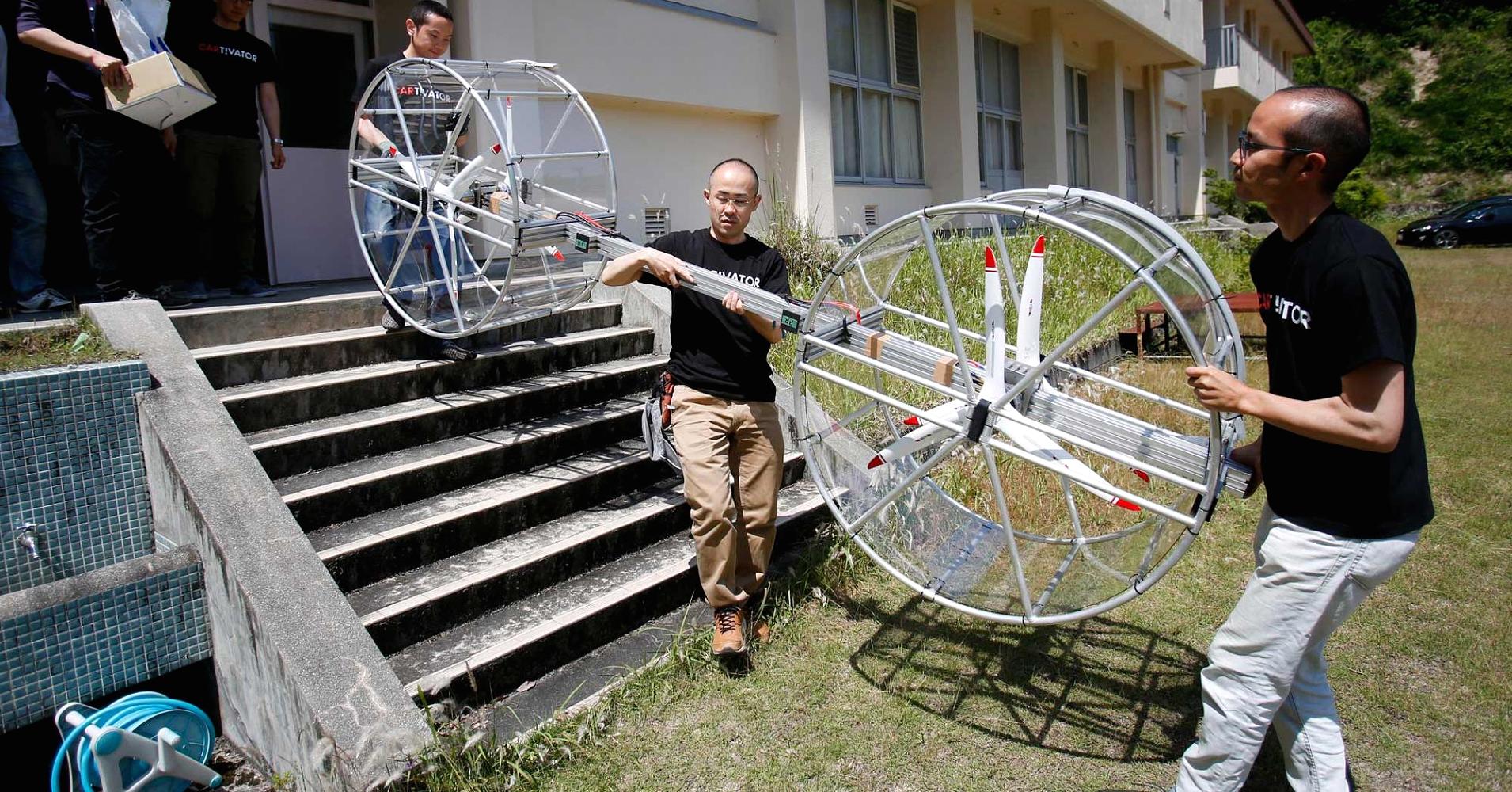
Project leader Tsubasa Nakamura said in a blog post that Cartivator would reveal a redesigned prototype in November.
“I really appreciate Toyota group companies, and other companies or individuals supporting us so far,” he said. “We are able to accelerate our development because of this support.”
Cartivator’s formation places the company in direct competition with many other high-profile flying-car ventures, including efforts by Google co-founder Larry Page and ride-hailing app Uber.
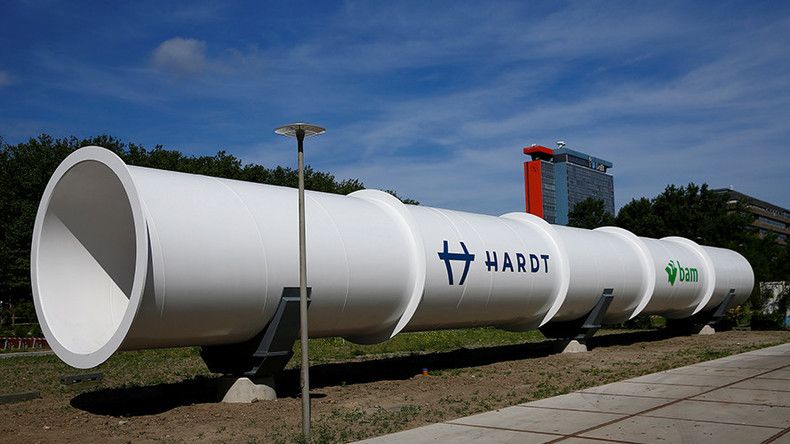
A Hyperloop test facility has been unveiled in the Netherlands, bringing Elon Musk’s vision of transporting pods of people through a tube at incredibly high speeds one step closer to fruition.
The test facility, a 30-meter-long (100ft), 3.2-meter-diameter (10.5ft) steel tube, is located at Delft Technical University.
“In this facility we will test all systems that don’t require high speeds,” said Tim Houter, CEO of Hardt Global Mobility, which is working on the project with construction company BAM, as quoted by Reuters.
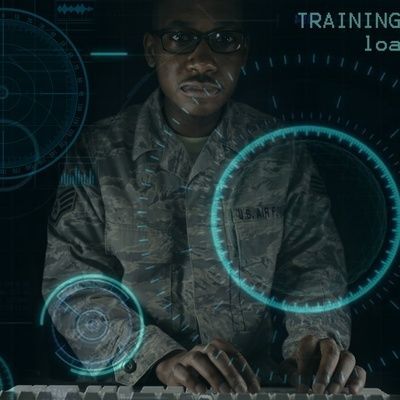
Several firms are working on training environments like Star Trek’s Holodeck, but for machines.
When future robots enter the world, they won’t have a learning curve.
Artificial intelligence researchers are creating tools to help teach the robots that will assemble our gadgets in factories, or do chores around our home, before they ever step (or roll) into the real world. These simulators, most recently announced by Nvidia as a project called Isaac’s Lab but also pioneered by Alphabet’s DeepMind and Elon Musk’s OpenAI, are 3D spaces that have physics just like reality, with virtual objects that act the same way as their physical counterparts.